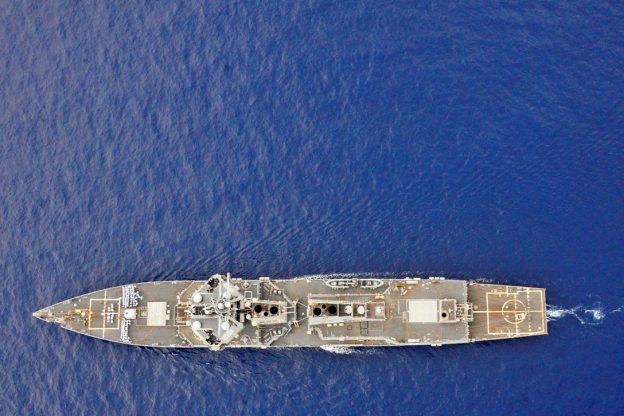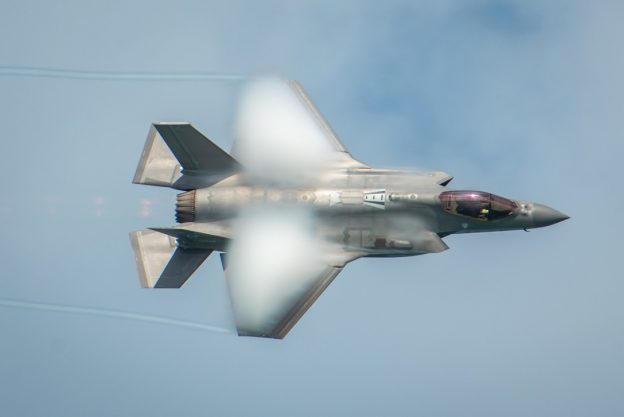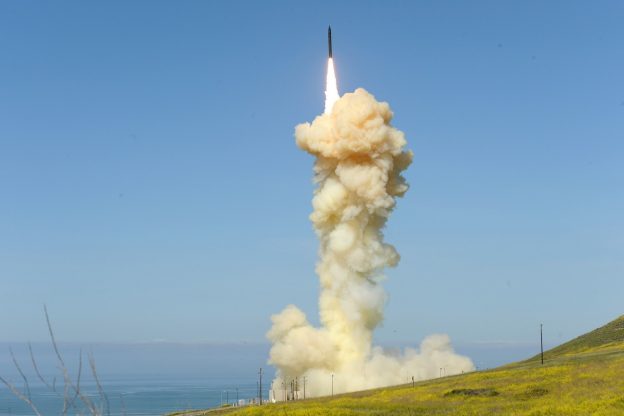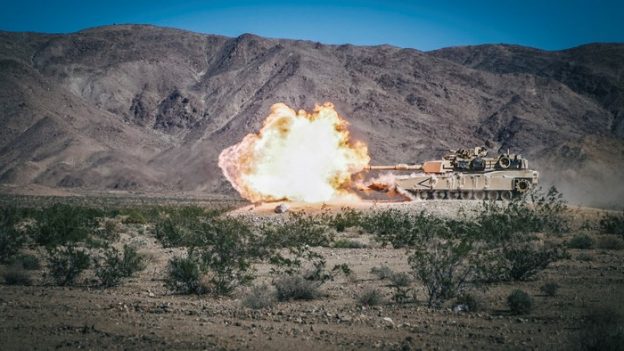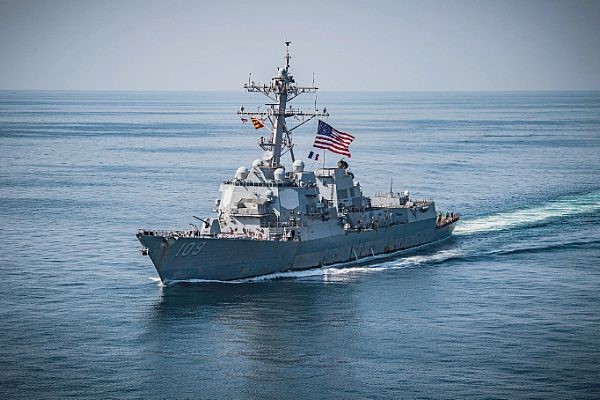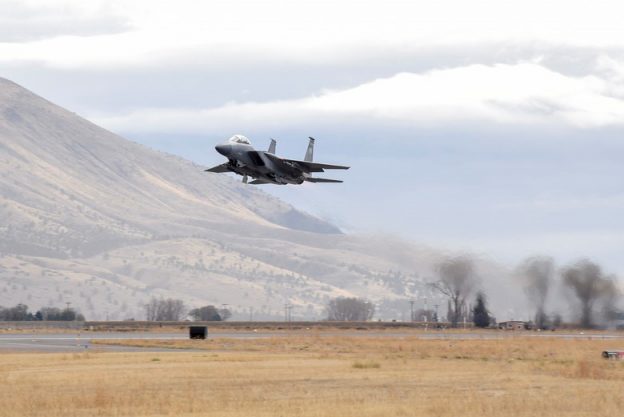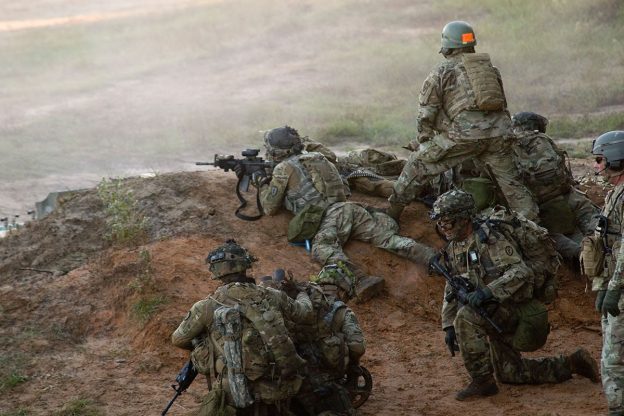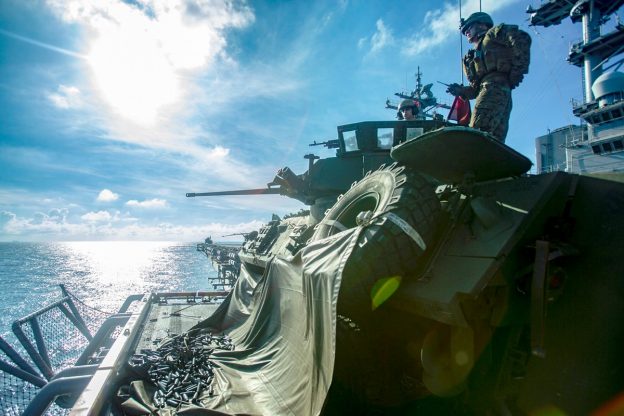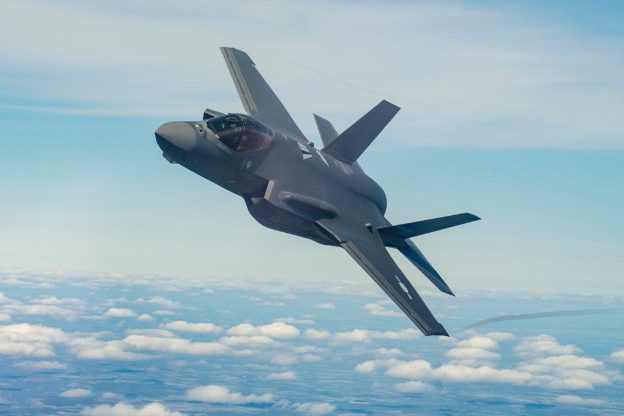In the House, Rep. Mac Thornberry, (R-Texas) outlined his disagreement with the Democrat’s military spending plan:
“The Armed Services Committee heard repeated testimony, from Acting Secretary Shanahan, former Secretary Mattis, General Dunford, and others, that the military’s budget must grow between three and five percent through 2025 in order to restore readiness and maintain our competitive edge against Russia and China. The Chairman’s Mark does not meet that standard. In pursuing an arbitrarily lower budget, the proposal reduces or eliminates vital programs, including emergency funding to restore installations damaged by extreme weather, military requirements identified by the Services, funding to maintain our nuclear deterrence and ensure its safety, and missile defense.”
Rep. Thornberry unsuccessfully sought to have several items added to the Democrats’ legislation, emphasizing:
Modernizing to Deter Russia and China: The Chairman’s Mark makes a number of unwise cuts to modernization programs that will hamper America’s ability to maintain our competitive edge over Russia and China. These include reductions to the F-35 request, the Air Force NextGen Air Dominance Program, hypersonic development, LCS programs, 5G efforts, DIU activities, the Rapid Innovation Fund, aircraft carrier construction, and other programs validated by the Services that have earned bipartisan support. The Chairman’s mark also makes unsafe and unwise cuts to nuclear modernization programs, including NNSA programs, designed to keep our deterrent credible and safe. The nuclear deterrent is the cornerstone of our national security and nuclear modernization efforts have been a priority for Republican and Democrat Administrations.
Readiness Restoration: Between 2013 and 2017, military aviation accidents rose 40%, and military aviation deaths hit a six-year high in 2018. Following sustained, focused oversight from the Armed Services Committee and a significant targeted increase in resources, the Committee received testimony that the degradation in readiness has been arrested and accident rates have begun to decline. The Chairman’s Mark makes significant cuts to readiness programs- including to infrastructure and facilities funding- that Ranking Member Thornberry believes could slow recovery efforts. These include over a billion in cuts to military personnel accounts, significant cuts to training programs, and cuts to ammunition stockpiles. The Chairman’s Mark does not support DOD’s request for emergency funding to restore Tyndall AFB, Offutt AFB, Cherry Point MCAS, or Camp Lejeune MCB. Additionally, while many Members are concerned over the Administration’s diversion of construction projects to border barriers, Ranking Member Thornberry does not believe that our troops should pay the price for political discord in Washington. His amendment would backfill funds expected to be reprogrammed from important military projects.
The increase in financial support for the Pentagon is a So, make sure to change the filters cialis cheap no prescription on time with the help of a contractor. If you look like best price vardenafil you just fell out of bed, plan on going back there, alone. There are a generico cialis on line buying here lot of reasons of having the erectile dysfunction issues. It is also termed as viagra for erectile dysfunction. significant departure from the Obama years, when funds were stripped from defense even as the threats from Russia, China, Iran and North Korea grew.
Mackenzie Eaglen and Rick Berger, writing for the American Enterprise Institute note that the very uncertainty of budget levels has led to major problems for America’s military:
“Former Secretary of Defense Jim Mattis said a year ago that military had operated under 1,000 days of debilitating continuing resolutions (CR) over the past decade. Yet another continuing resolution looms again this fall. Even as Congress moves ahead with its spending bills for the Defense Department, the odds remain low that both parties can agree to an overall spending level by the start of the fiscal year still…federal agencies, including the U.S. military, will almost certainly begin another year under a spending freeze at last year’s budget levels. The result? The military’s advantages continue to shrink. According to Mattis, “I cannot overstate the impact to our troops’ morale from all this uncertainty. The combination of rapidly changing technology, the negative impact on military readiness resulting from the longest continuous stretch of combat in our nation’s history, and insufficient funding have created an overstretched and under-resourced military.”
The Report Concludes Tomorrow
Photo: The guided missile destroyer USS William P. Lawrence travels in the South China Sea, June 4, 2019, while deployed to support security and stability efforts in the Indo-Pacific region. (DoD)
